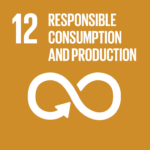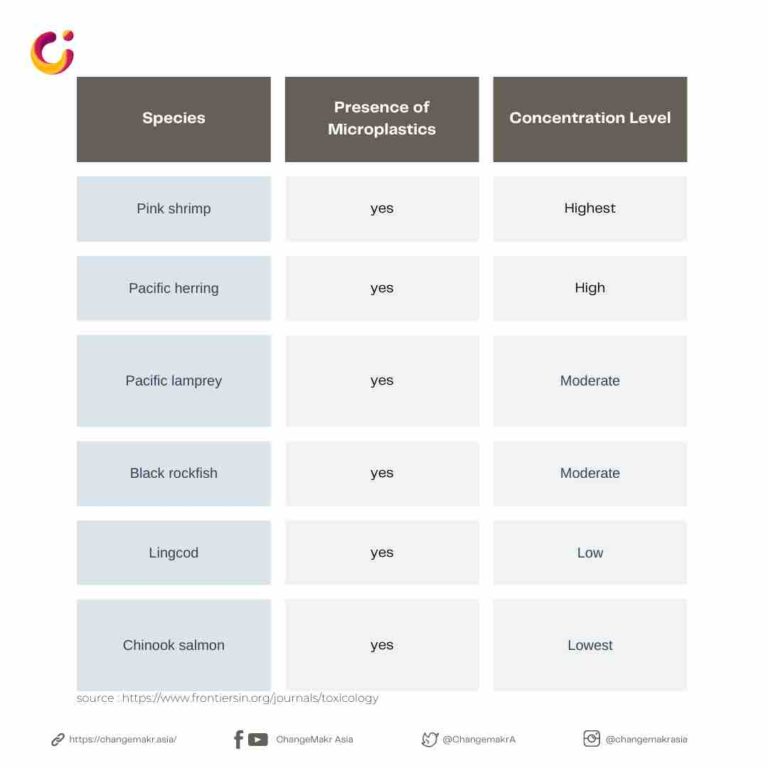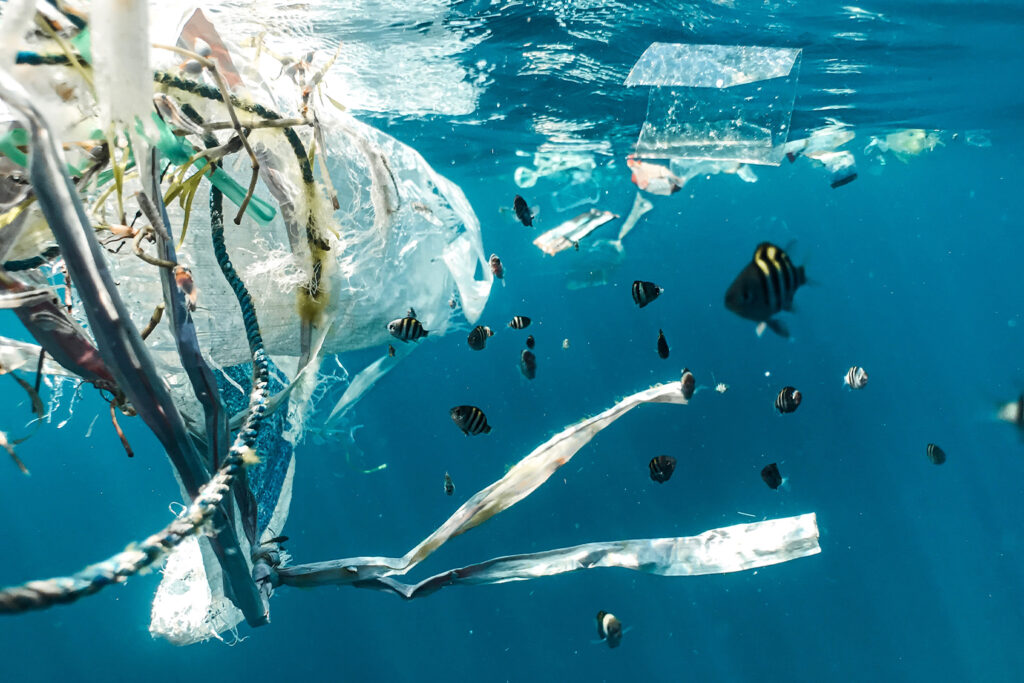From Pacific herring to pink shrimp, 180 out of 182 specimens were found to contain microplastics and microfibers. Pink shrimp, notorious for their filter-feeding habits, bore the highest concentrations, while Chinook salmon had the least—but none were entirely free of contamination.
When researchers analyzed 182 seafood specimens, they expected to find microplastics in the digestive tracts. What they didn’t anticipate was finding them deeply embedded in the muscle tissues of nearly every fish and crustacean studied. This unsettling revelation, published in Frontiers in Toxicology, reveals a new dimension of the microplastics crisis that directly impacts not just the environment but the food we eat.
From Pacific herring to pink shrimp, 180 out of 182 specimens were found to contain microplastics and microfibers. Pink shrimp, notorious for their filter-feeding habits, bore the highest concentrations, while Chinook salmon had the least—but none were entirely free of contamination.
RELEVANT SUSTAINABLE GOALS



A Startling Discovery: Microplastics in Every Bite
The omnipresence of microplastics has transformed them from an environmental nuisance to a public health concern. As Professor Elise Granek explained, smaller organisms like shrimp and herring are particularly vulnerable, mistaking microplastics in zooplankton for food. These particles don’t simply pass through their systems; instead, they integrate into the tissues and muscles that ultimately end up on human dinner plates.
Ecotoxicologist Susanne Brander noted the troubling implications: “It’s very concerning that microfibers appear to move from the gut into other tissues such as muscle. This has wide implications for other organisms, potentially including humans too.”
Why It Matters: The Human Health Risks
Microplastics are no longer confined to the oceans or the digestive systems of marine animals—they are now part of our diet. Early research links microplastics to a range of health issues, including:
- Infertility
- Kidney damage
- Endocrine disruption
While definitive studies on the human impact of consuming microplastics are ongoing, these early findings paint a troubling picture of how pervasive and potentially harmful these contaminants can be.

Tackling the Problem at Its Source
Efforts to address microplastic pollution are gaining momentum, though much work remains. Scientists and innovators are exploring groundbreaking solutions, including:
- Microplastic removal technologies: Advanced filtration systems capable of extracting microplastics from soil and water.
- Transformative recycling methods: Techniques to recycle plastics into stronger, more durable materials to reduce waste.
- Plastic decomposition innovations: Pioneering research at the University of Alabama has developed methods to completely break down plastics, preventing microplastics from entering ecosystems.
Microplastics have permeated every corner of the planet, from the depths of the ocean to our dinner tables. Their presence in seafood underscores an urgent need for awareness and action. This isn’t merely an environmental issue; it’s a public health crisis that demands immediate intervention.
Addressing the root causes of plastic pollution—such as excessive single-use plastics—and supporting innovative cleanup methods are vital steps. As microplastics accumulate in ecosystems and our food supply, the need for comprehensive solutions becomes ever more critical.




